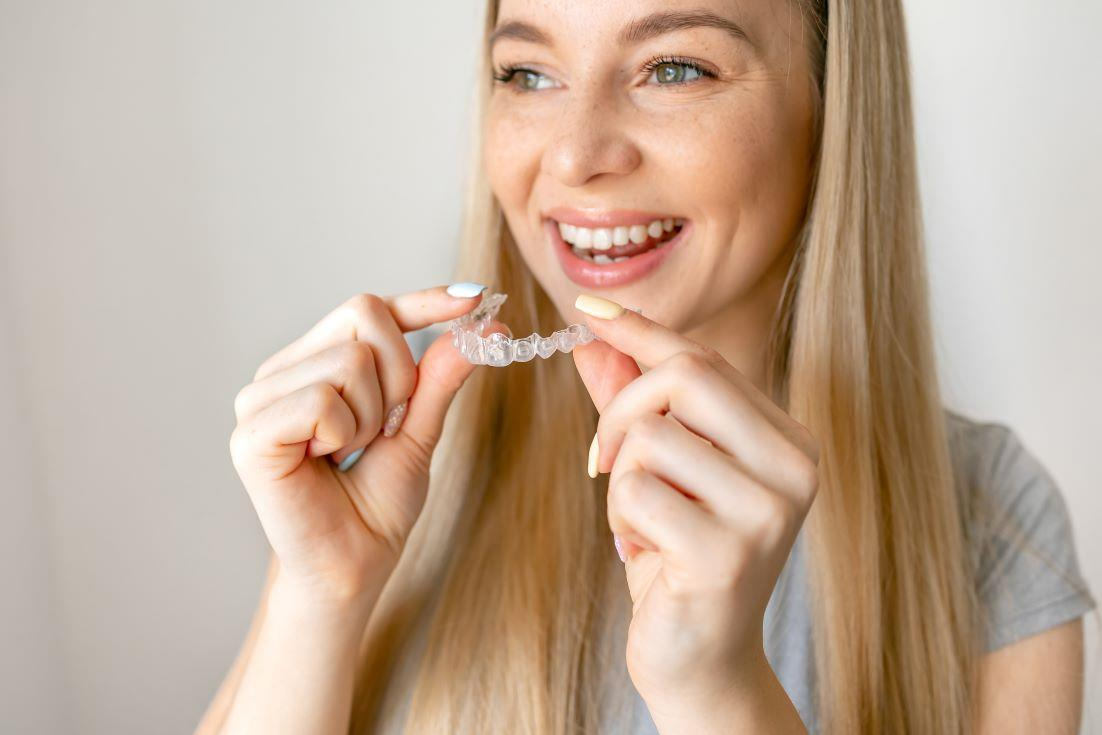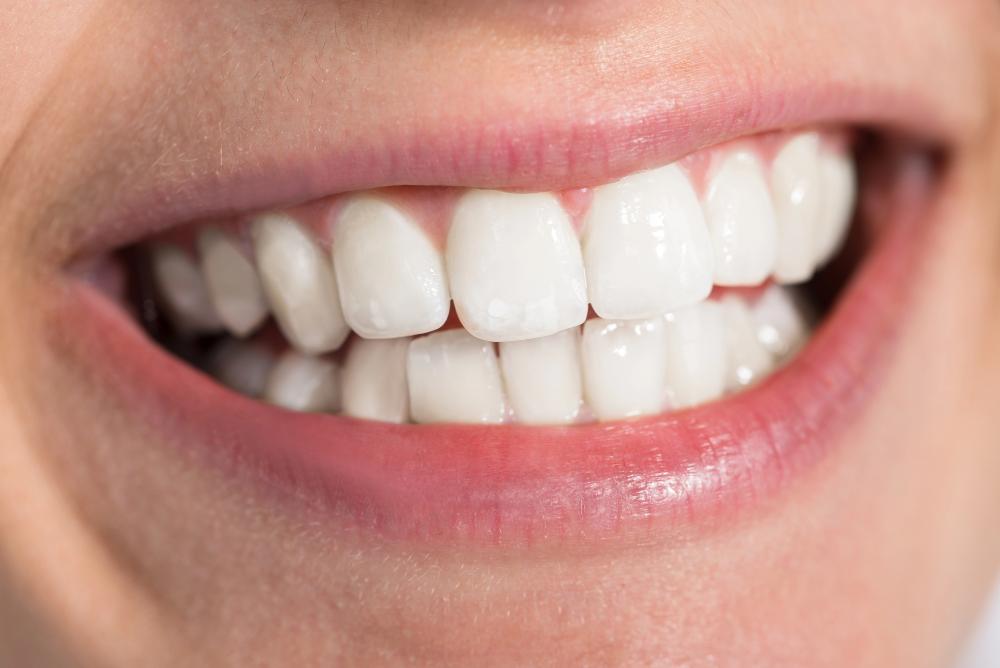Invisalign is a modern orthodontic treatment that offers a discreet and effective way to straighten teeth. Unlike traditional braces, Invisalign uses clear, virtually invisible aligners, making them a popular choice for both teens and adults. One key aspect of Invisalign treatment is the use of attachments, small tooth-colored bumps that help achieve more precise tooth movements. In this article, we will explore the different types of Invisalign attachments, their functions, and how they contribute to effective orthodontic treatment, with a special focus on Cambridge Orthodontics Invisalign boutique Smilebar.
Introduction to Invisalign Attachments
Invisalign attachments are small, tooth-colored shapes that are bonded to your teeth. They act as anchors that allow the aligners to grip the teeth more effectively, facilitating complex tooth movements that might not be possible with aligners alone. These attachments are strategically placed by orthodontic specialists based on the individualized treatment plan for each patient. According to a study published in the American Journal of Orthodontics and Dentofacial Orthopedics, these attachments significantly enhance the control of tooth movements, particularly in complex cases involving rotations and extrusions.
Working with the Top Invisalign provider in Somerville ensures that these attachments are placed with precision, maximizing the effectiveness of your treatment.
Some Common Types of Invisalign Attachments
1. Button Attachments
Button attachments are small, raised dots that are used to attach rubber bands to the aligners. These bands apply additional force, helping to correct bite issues such as overbites and underbites. Button attachments are typically placed on the sides or back of the teeth where they are less visible. A study in the Journal of Clinical Orthodontics highlights the effectiveness of these attachments in achieving desired orthodontic outcomes, especially in adult patients with severe malocclusions.
2. Rectangular Attachments
Rectangular attachments are used to help rotate teeth or move them vertically. These attachments provide a larger surface area for the aligners to push against, which is necessary for certain tooth movements. They are often used on molars or other larger teeth. Research has shown that rectangular attachments are particularly effective in achieving precise tooth movements required for optimal alignment.
3. Ellipsoid Attachments
Ellipsoid attachments are oval-shaped and are commonly used to create more complex tooth movements, such as extrusions and intrusions. These attachments are designed to distribute the force of the aligners evenly across the tooth, ensuring precise movement. Studies suggest that ellipsoid attachments significantly enhance the efficiency of Invisalign treatments by allowing for more intricate tooth adjustments.

4. Bevel Attachments
Bevel attachments have a slanted edge and are used to help with tipping movements, where the tooth needs to be tilted rather than rotated or moved vertically. These are particularly useful for correcting issues with tooth angulation. Research indicates that bevel attachments are effective in achieving the desired angulation of teeth, contributing to improved overall alignment
5. Gingival and Incisal Attachments
These attachments are placed near the gum line (gingival) or the biting edge (incisal) of the teeth. They are used to help with movements that require pushing or pulling the teeth in a specific direction, aiding in fine-tuning the alignment. Studies have found that these types of attachments are crucial for achieving specific tooth movements, enhancing the precision and effectiveness of the treatment.
Benefits of Using Invisalign Attachments
1. Enhanced Precision
Invisalign attachments allow for more precise tooth movements, making it possible to achieve complex orthodontic corrections that might not be possible with aligners alone. This precision is crucial for achieving optimal results in treatments involving significant tooth rotation, vertical movements, and bite adjustments. You can turn to Cambridge Orthodontics Invisalign for top-of-the-line oral treatments like these.
2. Improved Efficiency
Attachments help to distribute the force exerted by the aligners more evenly across the teeth, which can lead to faster and more efficient treatment outcomes. This means patients may achieve their desired smile in a shorter period compared to treatments without attachments. Cambridge Orthodontics Invisalign shares that the use of attachments significantly reduces treatment time by enhancing the effectiveness of the aligners.
3. Better Control
Orthodontic specialists at Cambridge Orthodontics Invisalign can place attachments in strategic locations to control specific tooth movements. This targeted approach ensures that each tooth is moved according to the treatment plan, improving overall alignment and bite correction. Studies have confirmed that strategic placement of attachments improves the control and predictability of tooth movements during Invisalign treatment.
Scientific Studies and Expert Opinions

Several studies have highlighted the effectiveness of Invisalign attachments in achieving desired orthodontic outcomes. According to a study published in the American Journal of Orthodontics and Dentofacial Orthopedics, attachments significantly enhance the control of tooth movements, particularly in complex cases involving rotations and extrusions Additionally, a review emphasized that attachments are critical for maximizing the efficacy of Invisalign treatment, especially in adult patients with severe malocclusions.
Recommendations Based on Individual Needs
For Mild Misalignment
For patients with mild misalignment issues, standard Invisalign aligners without attachments might be sufficient. However, consulting with a Cambridge orthodontics Invisalign specialist will help determine if any attachments are necessary to achieve the best results.
For Complex Cases
Patients with more complex orthodontic needs, such as severe crowding, significant rotations, or bite issues, will likely benefit from the use of various Invisalign attachments available at Cambridge Orthodontics Invisalign. For those seeking the Best Invisalign Newton Centre has to offer, choosing a provider experienced in utilizing these advanced attachments ensures the necessary anchorage and force distribution to achieve the desired tooth movements effectively.
For Bite Correction
If the primary goal is to correct bite issues, button attachments used with rubber bands can be particularly effective. These attachments help apply the additional force needed to adjust the bite, making the treatment more efficient.
Conclusion
Invisalign attachments are a vital component of many Invisalign treatments, offering enhanced precision, improved efficiency, and better control over tooth movements. By understanding the different types of attachments and their functions, patients can appreciate the complexity and customization involved in their orthodontic care. Cambridge Orthodontics Invisalign Smilebar specialists are well-equipped to determine the most appropriate use of attachments for each patient, ensuring optimal results and a beautiful, healthy smile.
%202.svg)



